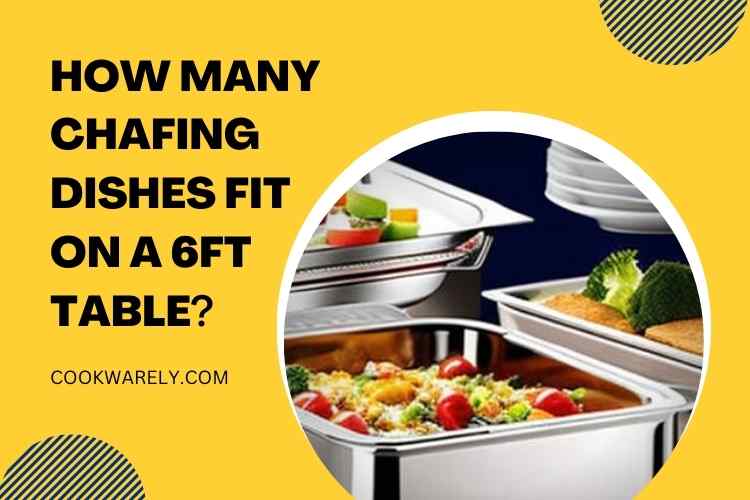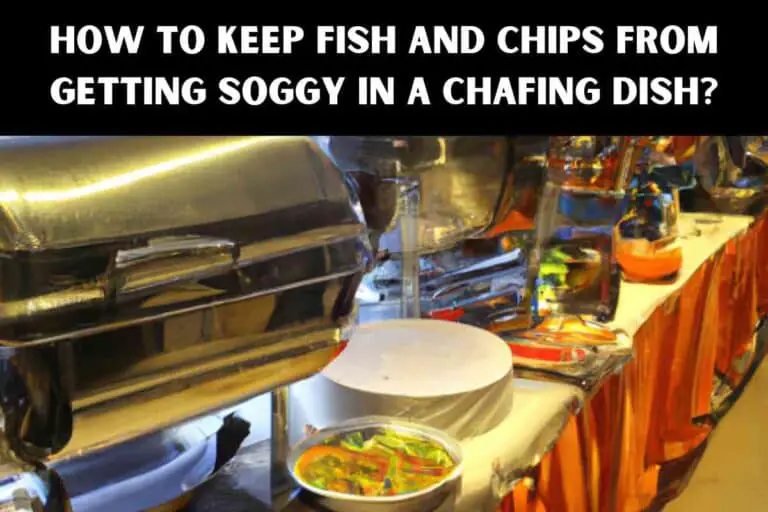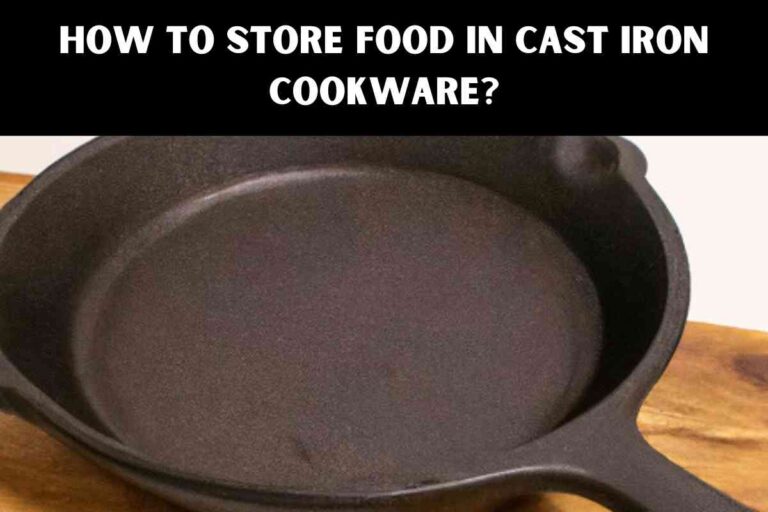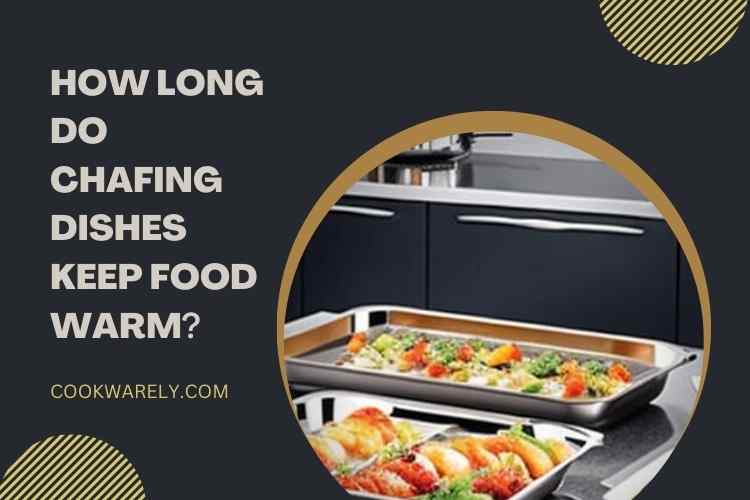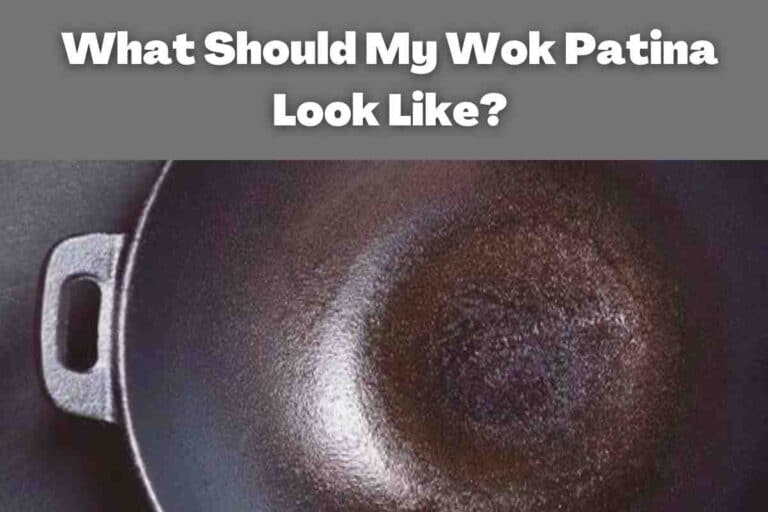Do You Need a Wok to Stir Fry?
If you’re a fan of stir-frying, you might be wondering whether you need a wok to prepare the dish.
Do You Need a Wok to Stir Fry? While a wok is traditionally used for stir-frying, it is not an absolute requirement. Stir-frying can be accomplished using a wide, shallow pan or skillet as a substitute. However, a wok offers distinct advantages due to its unique design. Its shape promotes even heat distribution, allowing for quick and efficient cooking.
The high, sloping sides also enable easy tossing and flipping of ingredients. Additionally, the wok’s curved bottom helps concentrate heat in the center, ideal for achieving the characteristic sear and caramelization of stir-fried dishes.
While not essential, using a wok enhances the stir-frying experience and can result in more authentic and flavorful results.
A wok is a versatile kitchen tool used for various cooking methods, from stir-frying to boiling and steaming vegetables. It can even be used to cook meats and steam soups.
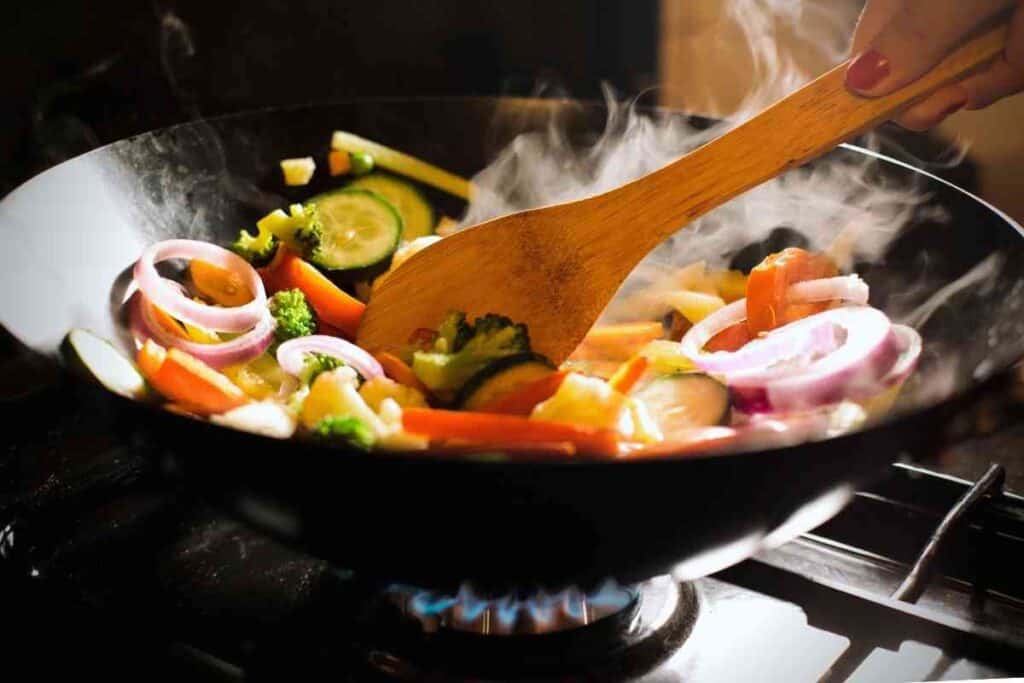
Do You Need a Wok for Stir Fry?
No, you do not necessarily need a wok to stir fry. While a wok is commonly used for stir frying due to its unique design and benefits, you can still achieve satisfactory results using alternative cookware.
A large, flat-bottomed skillet or frying pan can serve as a substitute. However, it’s important to note that a wok offers certain advantages. Its shape allows for efficient heat distribution, quick cooking, and easy tossing of ingredients.
The high, sloping sides help prevent spills while stirring and provide ample space for ingredients to move around. The curved bottom helps concentrate heat, resulting in the desired sear and caramelization.
So while not mandatory, using a wok can enhance the stir frying process and contribute to authentic flavors and textures.
What is Stir Frying?
Stir frying is a quick and easy way to cook food without using a conventional oven. The main ingredient in stir-frying is oil. Some oils are healthier than others, so choosing the right type is essential. Also, different types of cooking oil have different smoking temperatures.
Using the right oil will help ensure that your stir fried ingredients turn out the way you want them to. Some of the best choices are olive oil, almond oil, groundnut oil, or rice bran oil. Make sure to choose a high-quality oil free of adulteration and additives.
In addition to being more visually appealing, stir-fried foods are healthier than those cooked in traditional methods. Stir-fried dishes are often composed of multiple ingredients, so it’s essential to prepare the ingredients beforehand.
Besides vegetables, stir-fried dishes can also be made from meat. Meat for stir-frying should be cut across the grain, as this will prevent shrinkage and tenderize it.
How Does a Wok Help Stir Fry?
A wok helps stir fry chefs with a number of tasks. It helps stir fryers keep a tighter focus on the cooking process, which prevents them from wasting time on unnecessary tasks like cutting ingredients.
While stir-frying, the wok also helps stir fryers avoid the hassle of searching for missing ingredients or sauces. To get the most out of your wok, prepare all the ingredients beforehand.
A wok’s central heat helps stir-frying ingredients seal in their flavor and avoid sticking. It also allows you to push ingredients up the sides without losing the heat.
This is important when you’re stir-frying because you need to stir constantly to avoid soggy veggies and meat. To keep your wok from overheating, cook your meat and vegetables in batches.
Another benefit of a wok is its versatility. It can be used as a substitute for a cast iron skillet and a Dutch oven.
However, you must make sure that you keep the wok clean. A properly seasoned wok also has a protective layer on the bottom, preventing food from burning. Choosing a wok according to the heat source you are using is also important.
For example, a flat-bottomed wok is best if you use an electric stove. Another great feature of a wok is a bamboo steamer, which allows you to gently cook food over a low heat.
How to Stir Fry Without a Wok?
Many people don’t have the luxury of owning a wok. But you can still stir fry most types of foods without a wok.
First, choose a nonstick frying pan. This type of frying pan is ideal for stir-fry dishes and can handle the amount of oil required by about half of a wok.
Next, select the ingredients for your stir-fry. If you don’t have a wok, don’t worry; you can still make stir-fry with a flat, wide pan. Alternatively, you can use a saute pan. Heat it with vegetable oil.
Once the pan is hot, add the stir-fry ingredients and stir-fry. As long as the pan is deep enough and wide enough, you’re good to go.
Stir-fry is an easy technique to learn but requires a lot of practice to master.
A wok is a great vehicle for stir-frying because its high sides and sloping sides allow you to cook different types of ingredients in stages and keep them from getting too hot.
Some ingredients work better in stir-frying than others, so remember to use the proper proportions of each.
For example, you don’t want to overload the skillet with too many ingredients, as the ingredients will fall out. If this happens, consider cooking in batches or dividing the dish into small portions.
FAQs
What Type of Cookware Is Stir Fry Traditionally Cooked In
Stir fry is traditionally cooked in a wok, a versatile and deep, rounded pan with high sides.
Do You Need a Wok to Make Stir Fry
While a wok is traditional, you can make stir fry using a deep skillet or frying pan if a wok is unavailable.
How to Stir Fry If You Do Not Have a Wok
If you don’t have a wok, use a deep skillet or frying pan and follow traditional stir fry techniques.
Do I Need a Wok for Stir Fry
A wok is commonly used for stir fry, but it’s not strictly necessary; you can use alternative cookware.
Can You Stir Fry Without a Wok
Yes, you can stir fry without a wok by using a deep skillet or frying pan.
What Is an Alternative to Wok
An alternative to a wok for stir fry is a deep skillet or frying pan with high sides, which can serve the same purpose in stir frying.

